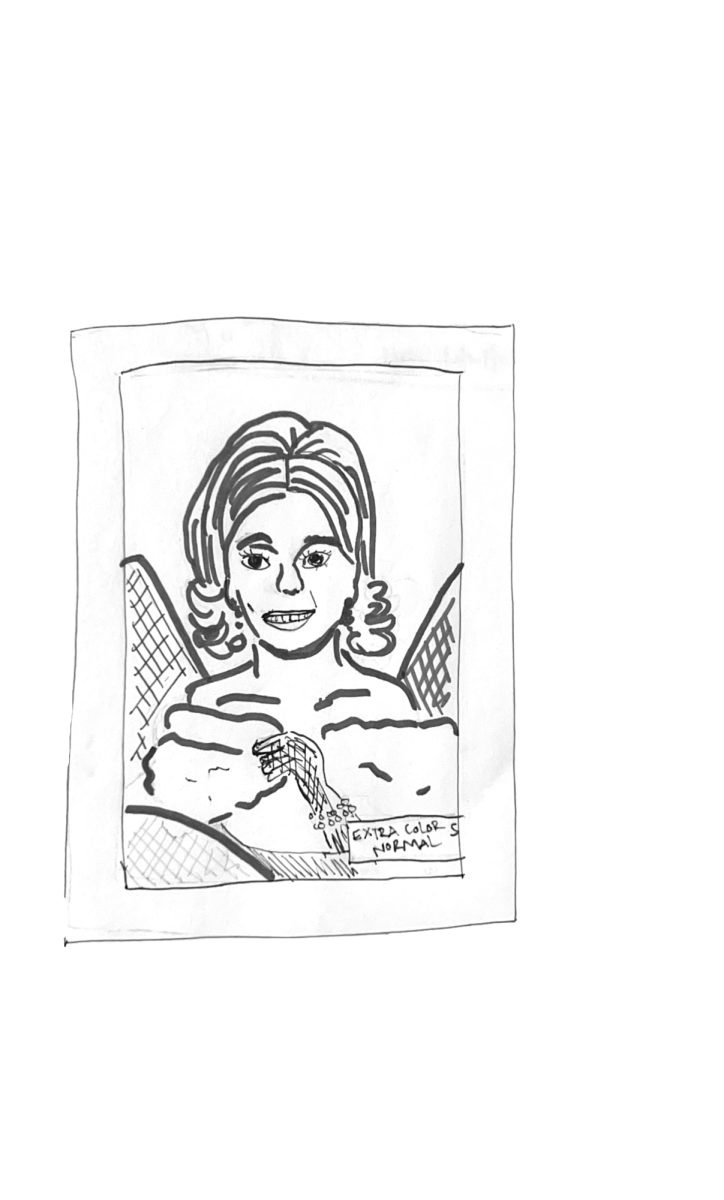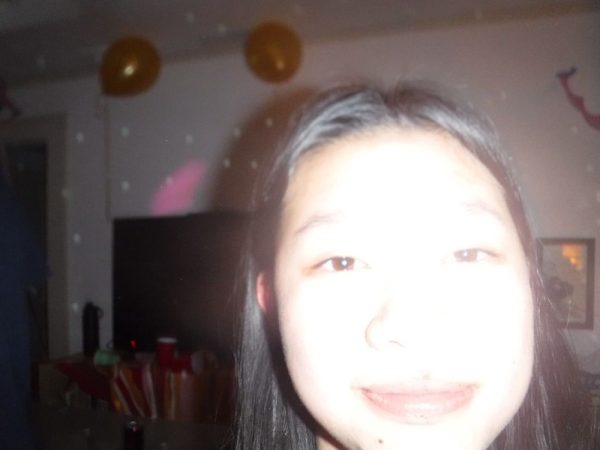As students reveal their 24-25 school photos, some are upset at how they look; it’s not the crooked smiles, messy hair, or smudged makeup, but about how the photo doesn’t capture the high schooler. The uncalled for Trump-tan or ghostly washed-out picture is a common recurrence for people of color (POC) in their photographs. Unfortunately, this issue has been around since color film cameras were introduced.
An early camera color calibration tool called the Shirley card was created by the company Kodak as a preset of colors for film photo printing. The card featured a brunette White woman on a multicolored background for photographers to refer for ‘correct’ coloring and lighting. Spencer, a Yuen Lui photographer, learned how to use Shirley cards in his Freshman year of college. He noticed that the cards were designed for lighter skin tones. Spencer pointed out they were not “updated to include a broader variety of skin tones until the 1990’s.” The same problem persists in digital cameras; face tracking has a harder time picking up darker skin. “Photographing POC can be seen as ‘more challenging’ because of tools that have been originally racially biased since the genesis of photography,” Spencer said.
Through personal and shared experience, students of color unanimously agree that if one’s school pictures were lined up next to each other, the tone of their skin would vary, looking inaccurate to the subject in real life. “School photos are biased towards lighter skin tones,” Ben, from the photography business Yuen Lui, said. One reason is that photographers “aim to capture as many individual subjects as possible in the shortest period of [time]. This means a lighting setup with little to no accommodations for darker skin,” Ben said. “Everybody [deserves] quality school pictures regardless of people’s skin color. The difficulty arises from changing previous lighting conventions to be more inclusive. It’s possible, but requires [more time and awareness] about the lighting [for] different skin tones,” Ben continued.
Further, techniques for photographing darker skin are “not taught enough,” Josie, a staff member at Yuen Lui, said. Often, photographers are only taught a basic lighting system and “[don’t] learn any special techniques to [illuminate] darker skin tones,” Ben stated. It’s important to devote time to learning the proper way to take a photo that reflects the subject, Josie stressed. The best advice from Garfield’s photography teacher, Corey Louviere, is to ask questions and “[research] what it takes [to photograph POC] for [hours]. You should see so many resources and videos and experiment beforehand.”
Though camera equipment is built to take photos of subjects with light tones, Louviere thinks it is rooted in “what’s wrong with the way we approach one another in life.” “In our current day and age, it is extremely unacceptable for the photographer to overlook the importance of incorrectly exposing for POC,” Spencer said. Students of color could not agree more.
Due to Yuen Lui’s privacy concerns, staff photographers’ last names were not shared with The Messenger.





